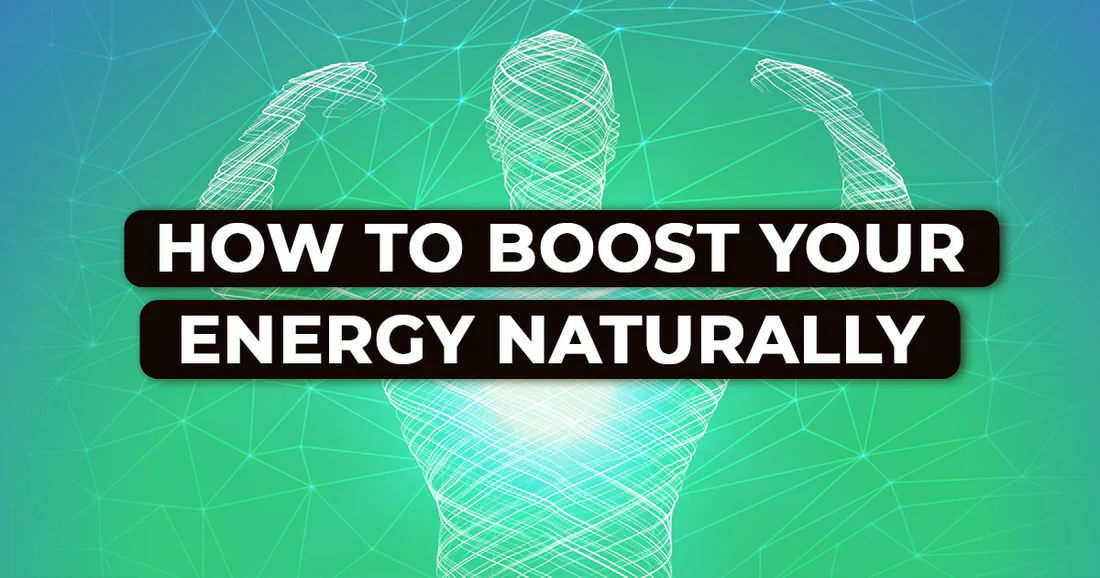Introduction to Digital Twins
Imagine a world where healthcare is no longer reactive but proactive. A realm where technology crafts precise digital replicas of patients, monitoring their health in real-time and predicting potential issues before they arise. Welcome to the innovative landscape of digital twins—a groundbreaking concept that’s redefining how we perceive health predictions.
Digital twins are transforming healthcare into a dynamic field powered by data modeling and advanced analytics. By creating virtual models of physical entities, these digital counterparts enable medical professionals to gain insights like never before. As we delve deeper into this fascinating topic, prepare to uncover how digital twins are revolutionizing health predictions and enhancing patient care in unprecedented ways.
What Are Digital Twins and How They Work?
Digital twins are virtual replicas of physical entities, used to simulate real-world processes. In healthcare, they represent patients or entire systems, allowing professionals to analyze and predict outcomes.
These digital models rely on data modeling techniques to create accurate representations. By integrating various data sources—like genomic information and lifestyle factors—healthcare providers can observe how different variables interact over time.
The technology operates by continuously updating the twin with real-time data from sensors or other monitoring devices. This dynamic nature enables quick adjustments based on changes in a patient’s condition or treatment response.
Healthcare practitioners leverage these insights for personalized medicine approaches. They can visualize potential scenarios and make informed decisions that enhance patient care while reducing risks associated with traditional methods.
Applications of Digital Twins in Healthcare
Digital twins have begun transforming various aspects of healthcare, offering innovative solutions that enhance patient outcomes. One key application is personalized treatment planning. By creating a virtual replica of a patient’s anatomy and health data, doctors can tailor therapies to individual needs.
Another exciting use is in surgical simulations. Surgeons can practice complex procedures on digital twins before entering the operating room. This not only boosts confidence but also reduces risks during actual surgeries.
Monitoring chronic conditions represents another vital application. Digital twins allow for real-time tracking of patients’ health metrics, enabling proactive interventions when necessary.
Additionally, drug development benefits significantly from this technology. Researchers can simulate how new drugs interact with biological systems through digital models, speeding up the process while ensuring safety and efficacy.
These applications demonstrate just how versatile and impactful digital twin technology can be in advancing healthcare practices today.
Benefits of Using Digital Twins for Health Predictions
Digital twins offer a groundbreaking approach to health predictions by creating virtual replicas of patients. These models integrate real-time data, allowing healthcare professionals to simulate various scenarios and predict outcomes more accurately.
One major benefit is personalized medicine. With digital twins, treatments can be tailored to individual needs based on a patient’s unique characteristics. This minimizes trial-and-error approaches and enhances treatment efficacy.
Additionally, predictive analytics derived from these models can forecast disease progression. By analyzing trends and patterns, doctors gain insights that empower them to intervene earlier in the patient’s health journey.
Moreover, resource management improves significantly with digital twin technology. Hospitals can optimize operations by predicting patient inflow and necessary resources, ultimately enhancing care efficiency.
Adopting digital twins fosters collaboration among multidisciplinary teams as it provides a shared platform for discussing complex cases. This unified approach drives innovation and leads to better patient outcomes across the board.
Case Studies: Real-Life Examples of Digital Twins in Healthcare
One notable case study is the partnership between Siemens Healthineers and a leading hospital network. They developed digital twins of patients undergoing complex surgeries. By simulating various scenarios, doctors could predict outcomes and customize treatment plans.
Another example comes from Philips, which utilized digital twins to enhance patient management in chronic diseases. Their models track health metrics over time, allowing for timely interventions before acute episodes occur.
In oncology, IBM Watson has created a digital twin system that analyzes genetic data alongside treatment history. This technology aids oncologists in personalizing cancer therapies based on predictions tailored to individual patient profiles.
These examples illustrate how organizations leverage digital twin technology to refine their approaches and improve patient care across different healthcare sectors. Each case demonstrates the transformative potential of this innovative approach in real-world settings.
The Future of Digital Twins in the Healthcare Industry
The future of digital twins in healthcare is promising and transformative. As technology advances, the integration of artificial intelligence and machine learning will enhance their predictive capabilities.
These virtual replicas will evolve to simulate complex biological systems more accurately. This evolution could lead to personalized treatment plans tailored to individual patient needs, improving outcomes significantly.
Interoperability among various health systems will also play a crucial role. Seamless data sharing across platforms can create comprehensive digital portraits of patients’ health journeys.
Moreover, as telemedicine continues to rise, digital twins may facilitate remote monitoring on an unprecedented scale. Healthcare providers could track real-time changes in patients’ conditions without requiring them to visit a clinic physically.
With ongoing research and investment, we can expect innovative applications that extend beyond current practices. The potential for preventive care strategies based on predictive analytics remains vast and largely untapped.
Challenges and Concerns with Implementing Digital Twins in Healthcare
Implementing digital twins in healthcare is not without its hurdles. One significant challenge lies in data integration. Healthcare systems often use disparate databases, making it difficult to create a cohesive digital representation of patients.
Another concern revolves around privacy and security. Sensitive patient information must be protected against breaches while still being accessible for analysis and modeling.
There’s also the issue of high costs associated with developing sophisticated models. This can deter smaller healthcare providers from adopting this innovative technology.
Furthermore, there is a knowledge gap among professionals regarding how to utilize these advanced tools effectively. Training staff becomes essential but may require time and resources that many facilities struggle to allocate.
Regulatory compliance adds another layer of complexity. Navigating the legal landscape surrounding health data poses challenges that could slow down implementation efforts.
The Impact of Digital Twins on Health Predictions and Patient Care
The impact of digital twins on health predictions and patient care is profound. By creating virtual replicas of patients, healthcare professionals can analyze vast amounts of data in real time. This technology allows for personalized treatment plans based on individual characteristics and predicted responses to various interventions.
Digital twins facilitate proactive healthcare by enabling early detection of potential health issues. Predictive modeling helps identify risks before they become critical, allowing timely intervention that improves outcomes. Patients benefit from tailored therapies designed specifically for their unique profiles, enhancing the efficacy of treatments while minimizing adverse effects.
Moreover, digital twins enhance communication between clinicians and patients. Visualizing complex data makes it easier for both parties to understand health conditions and treatment options. This shared understanding fosters trust and collaboration in the healthcare journey.
As more hospitals adopt this innovative approach, we can expect a shift toward more efficient resource allocation within healthcare systems. The ability to simulate scenarios leads to better decision-making regarding patient management and operational strategies.
The integration of digital twin technology into healthcare promises a future where predictive analytics becomes standard practice, transforming how care is delivered across the board—impacting not just individuals but entire populations as well.




